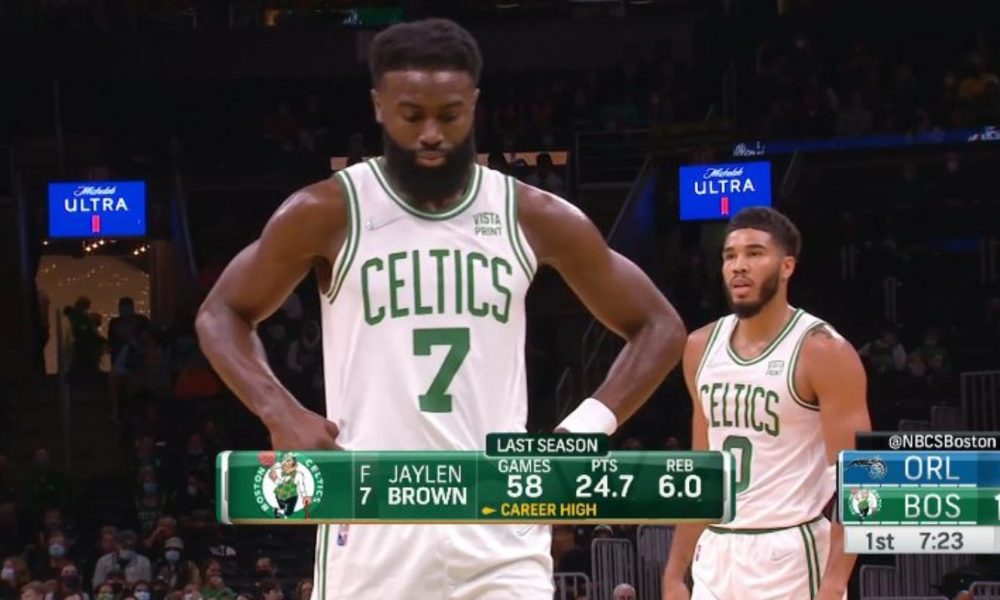Grocery expert reacts strongly to gigantic price differences on home delivery of food.
The online newspaper’s price comparison of grocery stores online reveals price differences of several hundred kroner.
In the price test, we have compared almost 40 identical foods from Coop Hjemlevering, Oda and Menys hjemlevering.
Read the whole test further down in the case.
Oda takes a superior victory. The online store is NOK 245 cheaper than the most expensive store, Coop Hjemlevering.
But it is not just Coop Hjemlevering that pays handsomely. If you get the shopping cart delivered from Meny, it will receive a price surcharge of 97 kroner.
– They will not survive with up to 20 percent higher price. They do not deliver a better product than Oda, states grocery expert Øystein Foros at the Norwegian School of Management (NHH), to Nettavisen.
– I understand what the expert says, but he must take into account that the establishment of Coop Hjemlevering was almost a world record in the establishment of an online grocery store, says Harald Kristiansen, communications manager at Coop.
The price comparison shows that Findus’ frozen fish gratin receives a price surcharge of 19 kroner at Coop Hjemlevering and 15 kroner at Meny.
At Coop Hjemlevering, the price jump on the same fish gratin corresponds to 45 percent.
Everything from meat products, chocolate, soft drinks and butter, get solid price increases – up to 56 percent for identical goods. As much as 81 kroner separates the kilo price of Stranda’s bacon.
The online newspaper’s price test shows:
Oda is by far the cheapest – you save 245 kroner on the total amount.
Oda is the cheapest on 36 of 37 items.
Coop Home Delivery is 17 percent more expensive on the shopping cart.
Menu costs 96 kroner more for the same shopping cart – corresponding to a 10 percent price surcharge.
Price surcharge up to 81 kroner per kilo for Stranda bacon.
Between 10 and 19 kroner price jump on 7 of 37 items.
Huge price differences on Stratos, Strandaskinke, Findus Fiskegrateng and Nidar Favorites, among others.
Read also: Strong last place for new low-price chain: – We are not satisfied
Headaches for competitors
The online newspaper’s price comparison shows that Oda keeps its promise of the same prices as the low-price chains, Rema, Extra and Kiwi.
– This means that Oda has hung on to the three low-price chains, while the other online concepts, Coop Hjemlevering and Menys hjemlevering operate in the supermarket segment, says the economics professor.
Several price tests show that supermarkets are often between fifteen and twenty percent more expensive than low-price chains.
The grocery expert does not think Oda’s progress goes unnoticed by Norgesgruppen, which is behind the discount chain, Kiwi and the supermarket Meny.
Or Coop with, among others, Extra and the supermarkets Coop Mega and Obs, in the stable.
He believes the comparison shows that supermarkets have a strong competitor that is cheaper. The expert believes that Oda’s competitors are now thinking a lot about how they can solve the price defeat.
Read also: Up to three times higher price for organic goods: – Deliberate exploitation of customers
Idiotskatt
Grocery experts have previously stated that customers who choose to shop at the large supermarkets, such as Meny, are not price sensitive.
– I think the stores speculate that customers do not have market knowledge about the price differences in the various supermarkets. Thus, there is deliberate speculation by having different prices for the same products, said economics professor, Tor W Andreassen, at (NHH), to Nettavisen.
Wallin Andreassen emphasized, among other things, that Meny has over time built up as a Rolls Royce in the grocery sector. The image has made it possible for the chain to take what he called the idiot tax.
“Customers are willing to pay more for the same product because of the brand,” he said.
With Oda’s entry as a low-price chain, it seems that the “idiot tax” can lead to worse times in the meeting.
– If you shop for food online, you get a wider selection from all the providers, and then you have a hard time defending that you charge fifteen percent more for the same item, Foros believes.
He predicts that both Menys e-commerce and Coop Hjemlevering will lose market share to Oda.
For information, Oda has 7,500 items in its range. On the Menu, it varies from 7,000 up to 12,000. Coop Home Delivery has a variation from 6,000 to 12,000 items. Menu emphasizes that their average is 10,000 items.
Common to all the chains is that the product range is largest in the big cities, and worse in smaller places.
This according to information the players have given to Nettavisen.
Read also: Here Menu Kiwi hits the boots
Competitor in advance
– It is not good enough to be from ten percent to seventeen percent more expensive on a basket of foods that you sit at home and order. If you shop consistently online, it can be huge amounts, says Foros.
He also believes that the low-price chains should fear Oda, both in terms of low prices, selection and that the goods are delivered to the customers’ door.
Menu and Coop have a larger scope. Unlike Oda, which mainly delivers in Eastern Norway, Coop Hjemlevering is the national tire. Meny also delivers in large parts of Norway.
– It may be that they refuse to reduce prices as Meny and Coop Hjemlevering do not have the competition elsewhere in the country, he says.
Also read: Up to 70 percent price surcharge: – Made to deceive consumers
Adjusts the price
This is how Harald Kristiansen, head of communications at Coop, responds to the criticism.
– Coop Hjemlevering was established at record speed 1.5 years ago to help Coop’s customers shop during the pandemic, he says and adds;
– In contrast to Oda and Meny, 96 percent of the Norwegian people can use our service. They could too during the whole pandemic. It has been important for the customers, who are also our co-owners, he says.
Kristiansen is not surprised that Oda beats Coop Hjemlevering on price. He points out that Oda is a pure online store that has invested in technology. At Coop Hjemlevering, all items are picked up manually by employees. Thus, he thinks their prices must be compared with supermarket prices.
– We will continue to be competitive in price against players with whom it is natural to compare ourselves, and we are therefore constantly working to improve the service. We are not happy with the result, he says, and emphasizes that they will now adjust the prices.
Nina Horn Hynne, communications manager at Meny, will not comment on the grocery expert’s proposal that they will not survive if they do not lower prices.
– We have the largest selection, most fresh produce and deliver goods to your door in far larger geographical areas of the country. We have online stores in Trondheim, Stavanger, Bergen and Kristiansand, but also in Tromsø via Eide Handel, says Horn Hynne to Nettavisen.
She states that customers who shop at Meny’s home delivery have an average of 10,000 items, including the selection of fresh produce where they can buy exactly the quantity they want. Unlike Oda, where the goods are picked with robots and machines, the goods at Meny are physically picked in stores.
–


